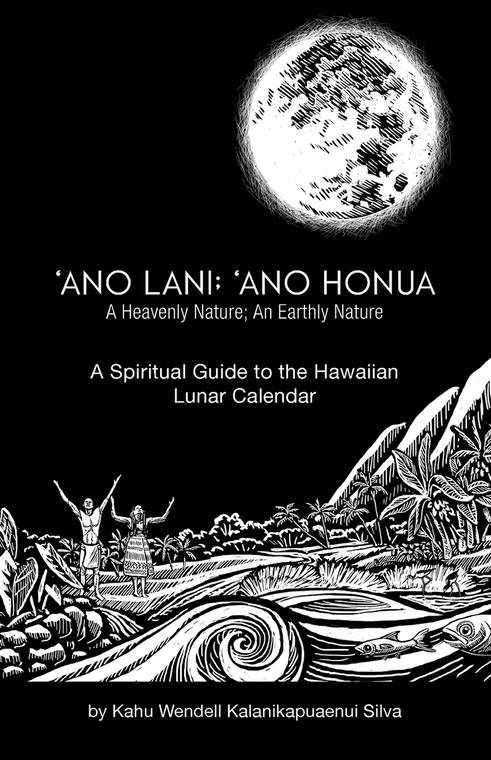Did you see the full moon last Tuesday evening? It was stunningly beautiful (Well… technically speaking, it was at 1:22 a.m. on Wednesday, but close enough).
The moon (“mahina” in Hawaiian) is an integral part of our lives whether we think about it or not. Its gravity pulls the oceans as it orbits our world, and even keeps the Earth’s wobble to a certain balance, which gives us our seasons.
Throughout time, the moon has been revered by every culture, often being used as the original calendar for remembering history. Hawai‘i is no exception. In fact, the Hawaiian culture had a fascinatingly complex relationship with the moon, one that makes for truly fascinating reading.
“Ano Lani; Ano Honua: A Heavenly Nature; An Earthly Nature: A Spiritual Guide to the Hawaiian Lunar Calendar,” by Kahu Wendell Kalanikapuaenui Silva, is an extraordinary, in-depth look at how the moon and its many phases all held different places of importance, influenced by certain gods or goddesses, and guided daily life. Interestingly, the rising of the moon heralded the start of a new day, not the sun, in Hawaiian lore.
With wonderful black and white illustrations throughout, “Ano Lani; Ano Honua” takes us through Hawai‘i’s cultural history relating to the moon, providing us with a section on each phase, its name, what meanings it portended, and even chants associated with them.
For a book that at first seems fairly small in appearance, it is packed with a bevy of information beautifully presented, using a juxtaposition of light and dark pages as well.
Whether your interest is in astronomy, anthropology, spiritually-related matters or Hawaiian culture, “Ano Lani; Ano Honua” is a book that anyone even with a passing curiosity will find interesting. It is our hope that this book finds the popularity that it so rightly deserves.
•••
Ed Justus is the owner of Talk Story Bookstore in Hanapepe. Yuriko and Ed Justus are Kalaheo residents. Talk Story Bookstore is open weekdays 11 a.m. to 3 p.m., and 11 a.m. to 4 p.m. Saturdays.


